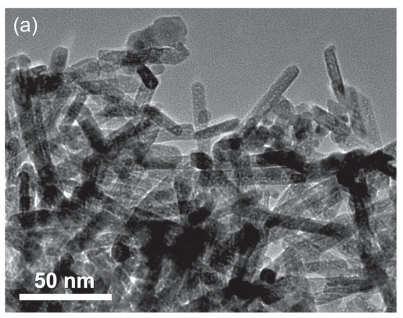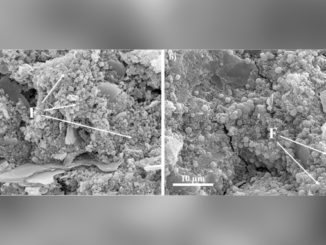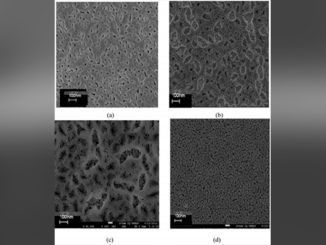
The role of oxygen vacancies and their location in the magnetic properties of Ce1-xCuxO2-delta nanorods
Abstract: Ceria (CeO2) is a promising dilute magnetic semiconductor. Several studies report that the intrinsic and extrinsic structural defects are responsible for room temperature ferromagnetism in undoped and transition metal doped CeO2 nanostructures; however, the nature of the kind of defect necessary to promote and stabilize the ferromagnetism in such a system is still a matter of debate. In the work presented here, nanorods from the system Ce1-xCuxO2-delta with x = 0, 0.01, 0.03, 0.05 and 0.10, with the more stable {111} surface exposed were synthesized by a microwave-assisted hydrothermal method. A very careful structure characterization confirms that the Cu in the samples assumes a majority 2+ oxidation state, occupying the Ce (Ce4+ and Ce3+) sites with no secondary phases up to x = 0.05. The inclusion of the Cu2+ in the CeO2 structure leads to the introduction of oxygen vacancies in a density proportional to the Cu2+ content. It is supposed that the spatial distribution of the oxygen vacancies follows the Cu2+ distribution by means of the formation of a defect complex consisting of Cu2+ ion and an oxygen vacancy. Superconducting quantum interference device magnetometry demonstrated a diamagnetic behavior for the undoped sample and a typical paramagnetic Curie-Weiss behavior with antiferromagnetic interactions between the Cu2+ ions for the single phase doped samples. We suggest that the presence of oxygen vacancies is not a sufficient condition to mediate ferromagnetism in the CeO2 system, and only oxygen vacancies in the surface of nanostructures would lead to such a long range magnetic order.+
Author(s): Bernardi, MIB; Mesquita, A; Beron, F; Pirota, KR; de Zevallos, AO; Doriguetto, AC ; de Carvalho, HB
PHYSICAL CHEMISTRY CHEMICAL PHYSICS
Volume: 17 Pages: 3072-3080 Published: 2015
DOI: 10.1039/c4cp04879b




